Oscar Piastri‘s penalty in the Sao Paulo Grand Prix not only cost him a shot at the podium but also put another huge dent in his Formula 1 title aspirations.
The Australian was deemed at fault by the stewards for the incident on the Safety Car restart involving himself, Andrea Kimi Antonelli and Charles Leclerc.
A bold move from Piastri down the inside into Turn 1 ended in a collision with Antonelli, spearing the Mercedes into the path of Leclerc and ending his race.
The stewards at Interlagos pinned the blame on Piastri for two main reasons.
Firstly, the stewards state that Piastri had not established the required overlap at Turn 1 and was therefore not alongside enough at the apex with Antonelli’s Mercedes.
Secondly, the fact that Piastri locked up in an attempt to avoid collision with Antonelli seemed to pin the blame on him, with his car deemed to be “out of control”.
However, Piastri can feel hard done by as multiple other views inside and outside the paddock believe the McLaren driver was not solely at fault for the incident.
Speaking to media including Motorsport Week, McLaren boss Andrea Stella said responsibility for the crash should have been shared equally between Piastri and Antonelli.
“I think the responsibility should be shared with Kimi, because Kimi kind of knew that Oscar was on the inside, and the collision probably could have been avoided,” he said.
Leclerc, who couldn’t have done more on the outside, also contended that Antonelli was as much to blame, citing that he navigated the corner like Piastri “was never there”.

Why the blame can’t all be on Piastri
Both Stella and Leclerc rightly pointed out that Antonelli had a part to play in the accident.
While it was a tough position to be in for the rookie, being three wide into Turn 1 fighting for a podium, it can be argued that he could’ve done more to avoid the clash.
With Piastri situated on his inside, Antonelli arguably squeezes his rival towards the apex, forcing the Australian to lock up as the door begins to close on him rapidly.
Also, despite being three wide, Leclerc gives Antonelli quite a wide berth, and as the Italian turns in, there is at least a car’s width to his outside that he fails to utilise.
If Antonelli had used the space provided by Leclerc and therefore given Piastri some more space, it could have been argued that the collision could have been avoided.
While the stewards blame Piastri for locking up and being out of control, the Australian’s trajectory heading into the apex doesn’t change, even with the lock-up.
What changes is how much space Piastri is afforded by Antonelli as the Mercedes driver begins to close the space that Piastri has every right to be in.
Despite the stewards claiming Piastri was not fully alongside at the apex, he was surely alongside enough to be given more space than he ultimately was.
And unfortunately, it once again comes down to a key definition of the rule book that saw Piastri penalised and Antonelli, who came home second, escape scot free.

Every apex is different
During commentary for the Sao Paulo Sprint, Sky Sports F1’s Martin Brundle called into question the wording of the ‘ahead at the apex’ nature of F1’s rules of combat.
Brundle stated that the apex of a corner is not something that can be the same at every corner, as it can change based on the design of the corner and of the circuit itself.
Take Turn 1 at Interlagos, for example, the apex isn’t exactly at the centre of the corner itself, as the flow of the circuit through the Senna esses can see drivers often pick up a later apex to carry more speed on the run down to Turn 4.
This key definition of the rules has had a major effect on penalising Piastri for something that most could see as a racing incident with three cars trying to be in the same place on the restart.
It can be argued that the position where contact was made between Piastri and Antonelli was before the cars reached the apex of the corner, and if Antonelli had left more space by the time the apex had been reached, Piastri would have been more than alongside or even already ahead of the Mercedes.
While it is understandable why Piastri was penalised for the incident, as it saw the retirement of Leclerc, it can also be seen as harsh for the blame to solely be pinned on the Australian.
If Antonelli had given more space, perhaps the incident might never have happened, or maybe the ‘three into one doesn’t go’ would have been inevitable either way.
READ MORE – Oscar Piastri makes concession over dwindling 2025 F1 title bid

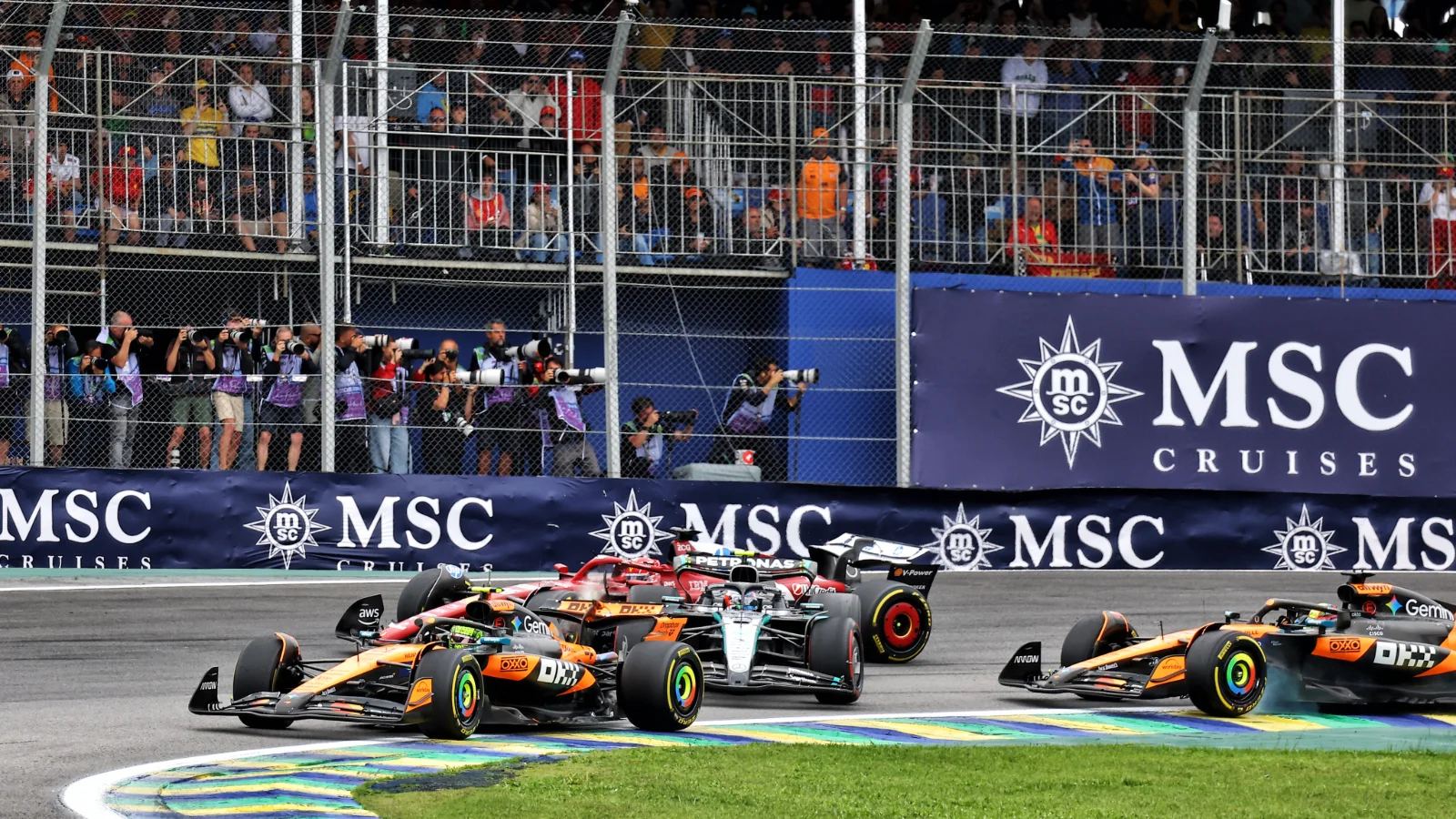



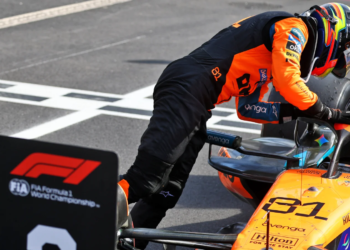
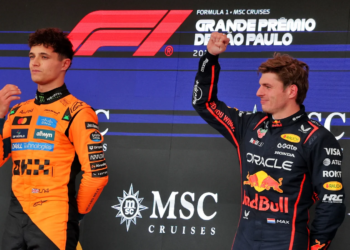
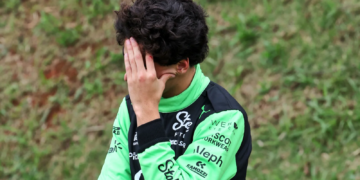
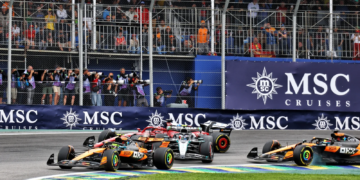

Discussion about this post